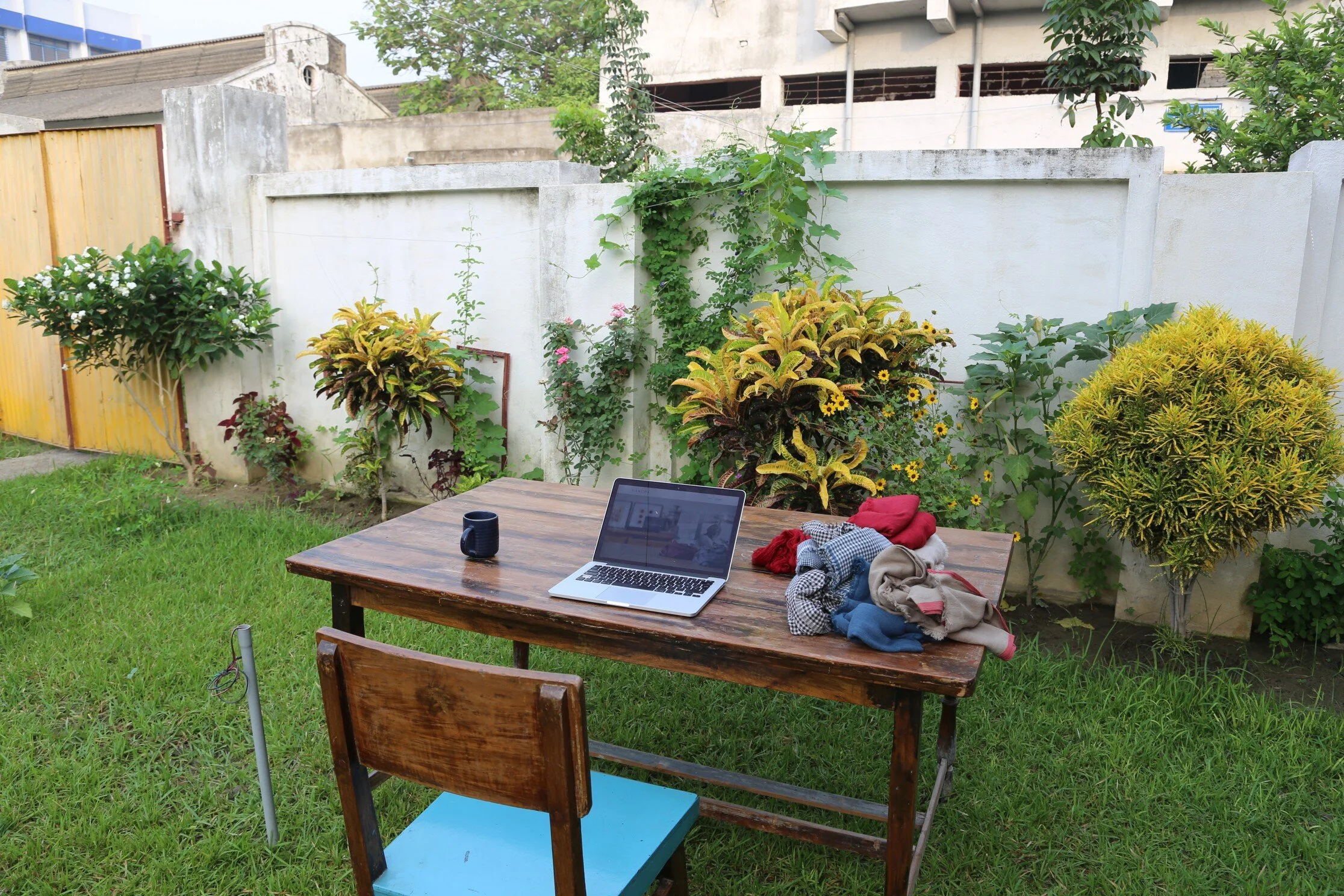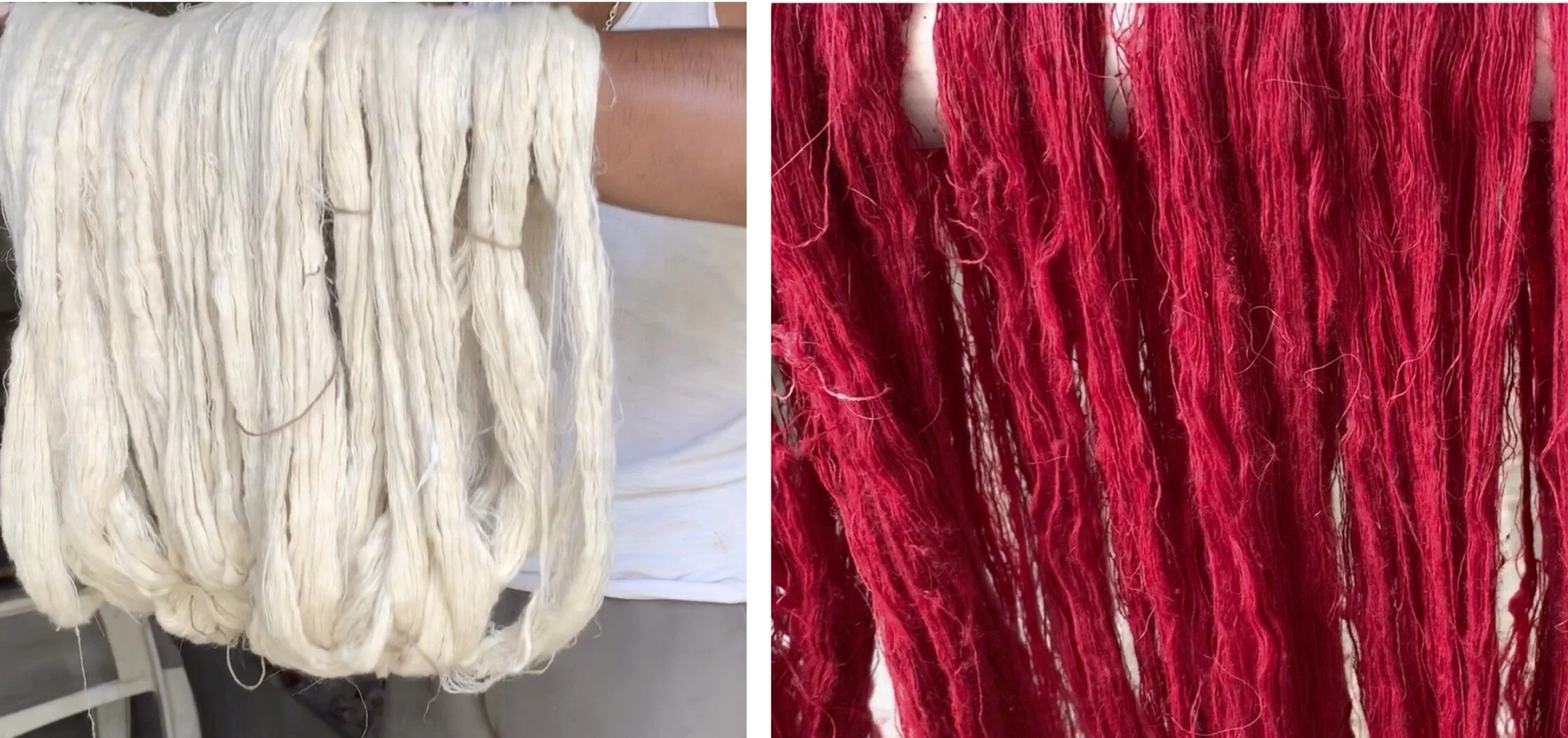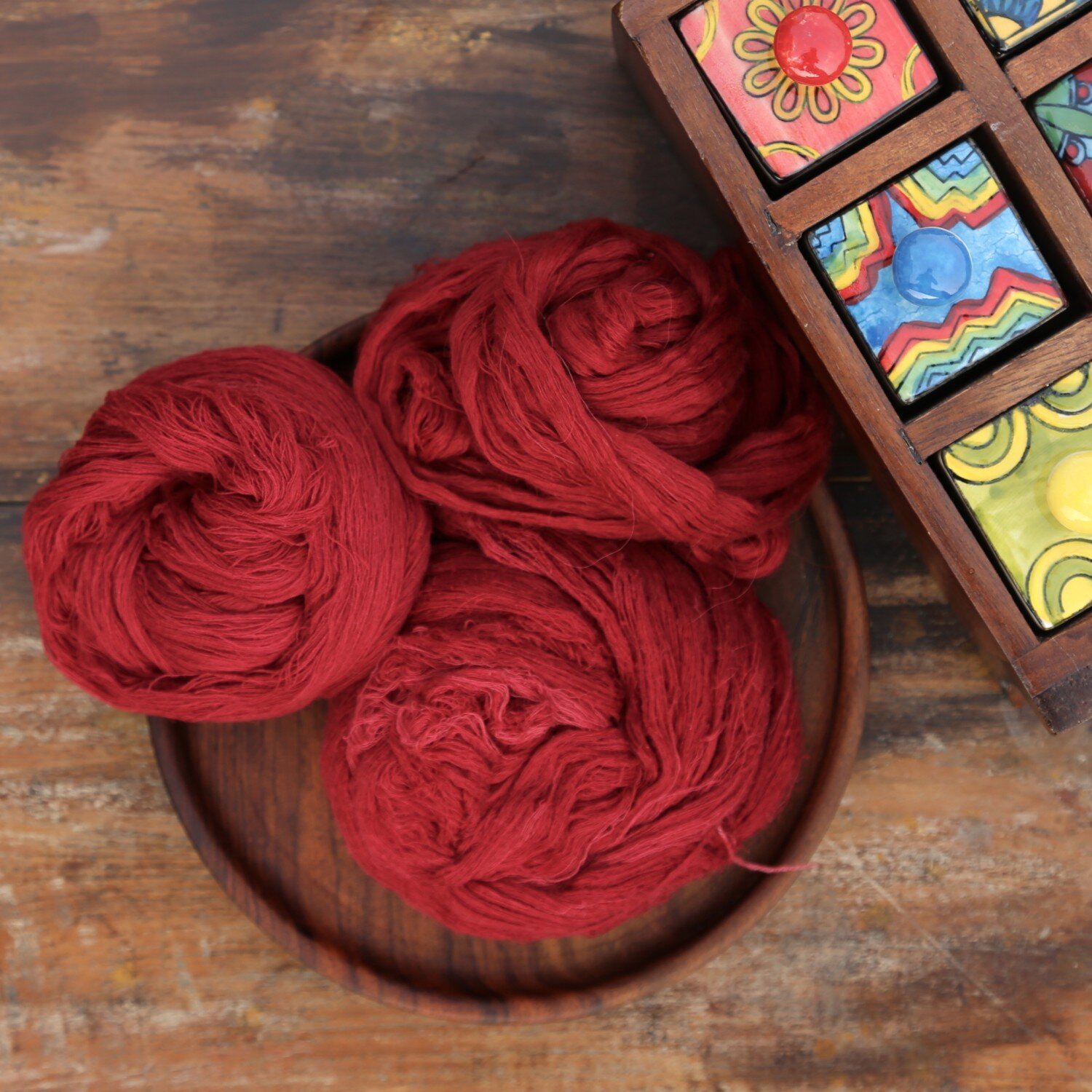Unended Quest
The Making of a Cashmere Scarf
Project Gamchha is about weaving, and when it comes to weaving, it is natural for one's thoughts to segue from craft to philosophy. Kabir, a 15th-century Indian mystic poet, was also a weaver and in his works, he often uses weaving and the master weaver as an allegory for the creation and the creator.
All life is problem-solving
I am conscious of the hyperbolic title for this post, but it is also an honest one. Last month when I spent three weeks in Bhagalpur, mostly in our atelier there, I often thought of Karl Popper, a philosopher of science, and his apprenticeship with a cabinetmaker as a university student in Vienna. In his autobiography, Unended Quest, which has been my intermittent companion, Popper describes how he learned more about epistemology from his master than his university teachers. The cabinetmaker made him aware of the limitation of his knowledge; or, as he writes, made him realise "the infinity of my ignorance."
I started with the idea of project Gamchha in 2012 and founded it formally in 2015; and despite most generous support and patience of my co-investors, I have frequently found myself in dire straits (this trip was the toughest!). Obliquely and gradually, this project has shown me the infinity of my ignorance, and not just philosophically but in routine and practical matters; but that is not the reason I have used this title: I like the idea behind it and as Popper's other book title says, all life is problem-solving, thus an unended quest.
The value problem
Through Project Gamchha, we are trying to solve a myriad of social and economic issues, even if only at a micro-level and on a small scale for a small team. At the heart of our quest is conserving a craft by bringing back dignity to handloom weaving; and, most importantly, making it economically feasible for our weavers. Our goal is to "increase the value and share that value equitably."
The problem of getting the value of our craft is challenging. Mariana Mazzucato, an economics professor at University College London, describes in her book, The Value of Everything: Making and Taking in the Global Economy, how the price of a thing often doesn't correlate with its value.
I frequently read lamentations, many contrived, in my view, on the impending death of handlooms. I am surprised that the handlooms and the weavers have somehow survived in Bhagalpur. Their presence is anachronistic and doesn't make any economic sense as products made are mostly inappropriate for the effort that the craft requires. Furthermore, even rarely when the weavers make high-quality products, they manage to sell them only through intermediaries and usually to people who know the price of everything and the value of nothing (paraphrasing Oscar Wilde).
Value = product with uncompromising quality?
When the value has evolved from being the cost of production to being determined by scarcity and customer preferences, we think we must focus on uncompromising quality. In our simplistic thinking, we have assumed that to make a lasting change, we must craft outstanding products; and eventually, we will find patrons.
We have been relentless in improving the quality of our product by getting the colours (from natural dyes) right, using a unique yarn, and applying simple and elegant designs.
Our endeavour continues.
Making a cashmere scarf
Our latest effort to increase the value of our product is using cashmere, which we have sourced from Kashmir - thanks to a serendipitous meeting with our supplier last November. The underfur of pashmina goats (and a few other varieties) is the source of cashmere. Cashmere is a light and soft and delicate yarn, and it took some effort for us to get to work with it.
The first challenge was matching the shades: wool and silk absorb dyes differently, and often it is not enough to adjust the quantity of the dyestuff. The next problem was loading the yarn on pirns for the weft (we could not manage the delicate thread in the warp since it would not withstand the tension required to keep it taut). We had to spin the spinning wheel slowly and carefully to avoid the thread from breaking frequently.
The rest of it was our usual masterful work: preparing the warp (with eri), preparing the loom, and weaving the fabric, which surprisingly turned out to be a smooth affair with cashmere in the weft! The final challenge was finishing the scarf to ensure a soft and luxurious texture.
We are quite pleased with our effort and cannot wait to have it wrapped around your neck! We hope we have taken a big step in solving the value-problem by crafting a scarf of uncompromising quality with two fabulous yarn dyed in natural colours. The Brunello Cucinelli poster in our atelier is beginning to make sense and perhaps isn't a juxtaposition anymore!
There must be a value in the stories that these scarves embody! What are your suggestions for increasing the value of our craft? We would be delighted to hear from you.





